CTRL+K
CTRL+K
Moroccan saffron is a special spice with a long and interesting history. It is sometimes called “red gold” because it is very valuable. Saffron comes from a type of flower called the Crocus sativus. These flowers have been grown in Morocco for hundreds of years, especially in the dry areas of Taliouine and the High Atlas Mountains. Saffron from Morocco is truly exceptional. Its strong, unique taste is a delightful blend of floral notes and a hint of bitterness. Also, this precious spice boasts a deep, vibrant red hue, indicating its premium quality. The process of growing and harvesting Moroccan saffron requires a lot of skill and hard work from farmers.
Taliouine, the saffron capital of Morocco, nestles high up in the Atlas Mountains. This charming town centers around the cultivation of the precious saffron spice. Each autumn, the rugged landscape turns an amazing shade of purple as crocus flowers cover the fields. This signals the start of the yearly saffron harvest. During this time, Taliouine bursts with activity. The scent of saffron fills the air, enchanting everyone with its unique fragrance. Local farmers carefully pick each delicate crimson stigma by hand. They carry on the ancient traditions of their ancestors that have given Taliouine its identity over many generations.
For centuries, the people of Taliouine have depended on the delicate saffron threads for their livelihoods. The harsh, mountainous terrain and arid climate create the perfect conditions for growing superior quality saffron crocus. Each fall, the fields surrounding the village transform into a breathtaking sea of purple blossoms. As the flowers open their petals, men, women, and children alike take to the fields at dawn to begin the painstaking work of harvesting the precious crimson stigmas.
Moroccan saffron is a special ingredient that comes from the little red threads found inside flowers called Crocus sativus. These flowers are grown mostly in an area called Taliouine, which is known as the saffron capital of Morocco. To get the saffron, people first plant the flower bulbs in the late summer. Then they wait patiently for the flowers to bloom in the fall. When the flowers bloom, they only stay open for a short time. So people have to carefully pick the red threads by hand to make sure the saffron keeps its great quality. Picking the saffron threads is a very delicate job that requires a lot of skill and care.
After the red saffron threads are picked, they go through a process to dry them out and prepare them for use. First, the threads are spread out in the sun to get rid of any moisture. Then, the dried threads are carefully packed away to protect their flavor and color.
Saffron is a remarkable spice that has been cherished in Morocco for centuries. It comes from the dried, vibrant red stigmas of the crocus flower, which grow across the country’s diverse landscapes. The Moroccan saffron variety stands out for its exceptional quality, with long, dark red threads that release an intense, earthy-sweet aroma when crushed or cooked. This distinct fragrance and flavor profile make Moroccan saffron a highly prized ingredient, elevating both savory and sweet dishes with its luxurious hues and complex notes.
Saffron in the Moroccan cuisine is an indispensable ingredient, adding depth and sophistication to a wide range of classic dishes. For savory preparations, it lends its unique essence to hearty tagines, flavorful couscous dishes, and aromatic rice pilafs.
Saffron has significance in Moroccan culture beyond its taste and color. Moroccans believe saffron offers health advantages and symbolic meaning, because it brings a golden hue and distinct aroma to traditional dishes like tagines, couscous, and pastries. However, saffron’s role extends beyond cuisine, reserved for special ceremonies like weddings and festivals, which its presence signifies joy, abundance, and fresh starts. Many perceive saffron as an antioxidant source promoting overall well-being. Research indicates potential mood-boosting effects, suggesting saffron may aid relaxation and balanced emotions. Therefore, Moroccan homes embrace saffron not only for cooking but also potential holistic benefits rooted in centuries-old customs about happiness and health. Saffron’s cultural significance underscores its sacred, revered status within Moroccan society.
Despite saffron’s esteemed reputation, growing it in Morocco presents various difficulties. Gathering saffron is labor-intensive, necessitating hand-picking delicate stigmas during a fleeting bloom period. Farmers also face economic uncertainties from fluctuating market rates, impacting their livelihoods and financial stability. Moreover, Morocco competes with other saffron regions worldwide, affecting market share and export opportunities. However, Moroccan farmers and cooperatives remain devoted to preserving saffron cultivation heritage. They emphasize sustainable practices like organic farming and responsible water management for longevity. Supporting communities, they engage in fair trade and empower local workers. Through these efforts, Moroccan producers aim to maintain saffron quality and authenticity while navigating global market dynamics.
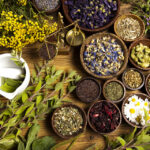



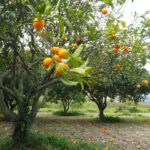



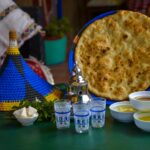
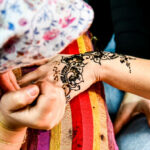
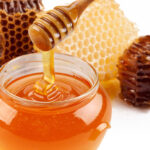

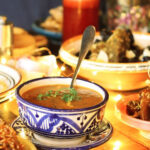
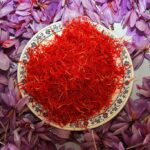

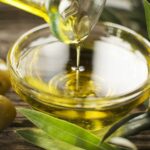
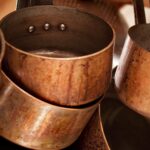

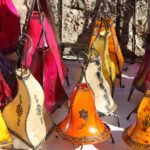
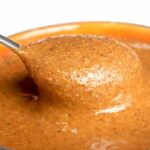
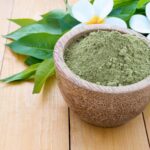
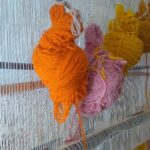
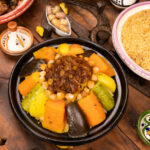
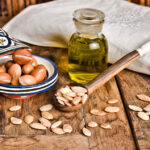




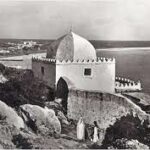

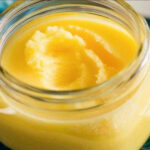
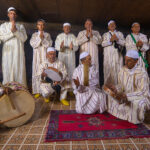

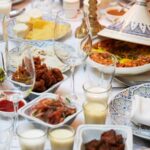
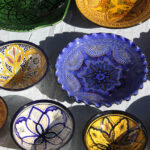

There are no results matching your search.
Reset